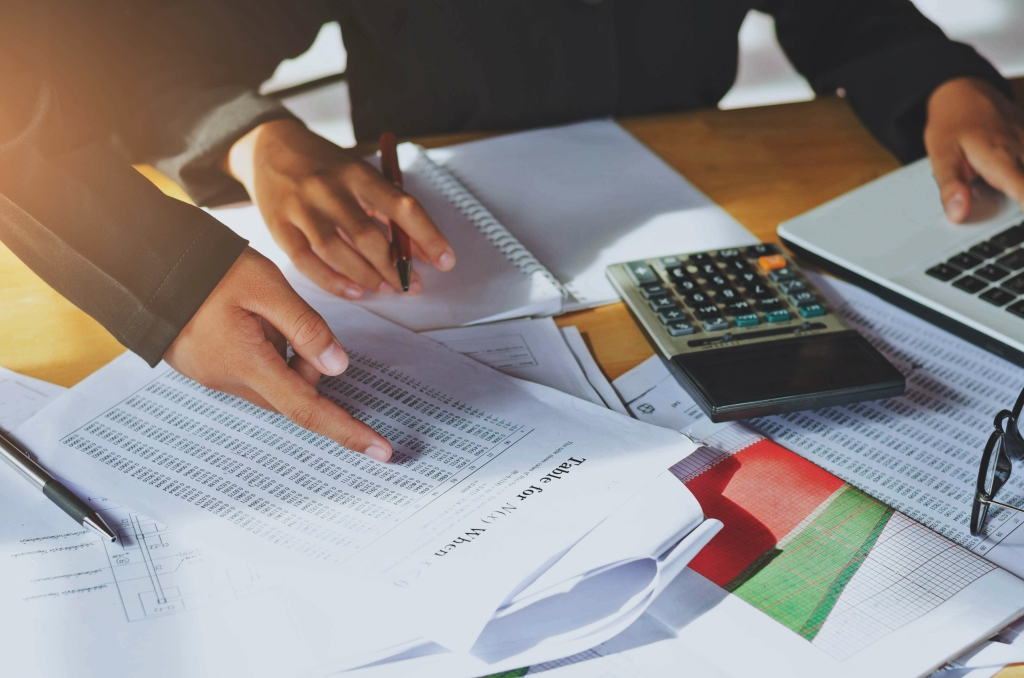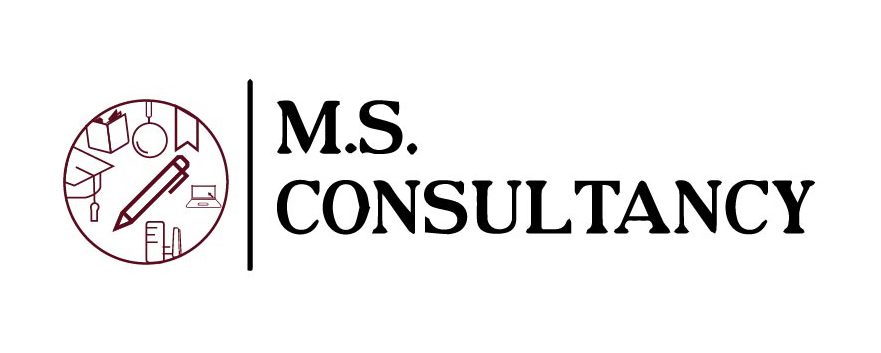Depreciation Expense vs Accumulated Depreciation: What’s the Difference?
Accurate depreciation not only affects your financial statements but also impacts your tax obligations and business decision-making. Depreciation expense refers to the portion of a fixed asset’s cost that is allocated to a specific accounting period, typically a year or a quarter. It represents the gradual decrease in https://www.bookstime.com/ value of an asset over time due to factors such as wear and tear from regular use, technological obsolescence, and passage of time. The method records a higher expense amount when production is high to match the equipment’s higher usage. Businesses have some control over how they depreciate their assets over time.
Depreciation and Taxes
Understanding which assets are subject to depreciation is crucial for business owners. This knowledge helps accurately account for business expenses and maintain proper financial records. Carrying value is the net of the asset account and the accumulated depreciation. Salvage value is the carrying value that remains on the balance sheet after which all depreciation is accounted for until the asset is disposed of or sold. Salvage value is what a company expects to receive in exchange for the asset at the end of its useful life. Businesses also use depreciation for tax purposes—namely, to reduce their total taxable income and, thus, reduce their tax liability.
Amortization

Its main disadvantage is that it is difficult to apply to many real-life situations, as it is not always easy to estimate how many units an asset can produce before it reaches the end of its useful life. It reflects the gradual decrease in asset value due to wear and tear, obsolescence, or other factors, without immediate cash outflow. Understanding depreciation expenses empowers you to make better financial decisions, from budgeting and tax planning to pricing strategies and investment choices. Understanding how depreciation expenses affect your financial statements is crucial for several aspects of your business. For assets you expect to use for their entire lifespan, a straight-line method could be more appropriate.
Example 3: Manufacturing Equipment

When calculating depreciation, the estimated residual value is not depreciation because the business can expect to receive this amount from selling off the asset. Depreciation is the reduction depreciation expense meaning in the value of a fixed asset due to usage, wear and tear, the passage of time, or obsolescence. See how the declining balance method is used in our financial modeling course.

Capital assets such as buildings, machinery, and equipment are useful to a company for a limited number of years. The entire cost of a capital asset is not charged to any one year as an expense; rather the cost is spread over the useful life of the asset. The depreciation expense amount changes every year because the factor is multiplied with the previous period’s net book value of the asset, decreasing over time due to accumulated depreciation. For example, Company A purchases a building for $50,000,000, to be used over 25 years, with no residual value.

- Instead of recording an asset’s entire expense when it’s first bought, depreciation distributes the expense over multiple years.
- This accelerated depreciation method applies a higher depreciation rate in the early years of an asset’s life, gradually decreasing over time.
- In a full depreciation schedule, the depreciation for old PP&E and new PP&E would need to be separated and added together.
- Continuing to use our example of a $5,000 machine, depreciation in year one would be $5,000 x (2 / 5), or $2,000.
- Finally, units of production depreciation takes an entirely different approach by using units produced by an asset to determine the asset’s value.
While you now have a solid foundation on depreciation, it can be complex, especially when dealing with various asset types or changing tax regulations. For personalized advice customized to your business’s unique situation, don’t hesitate to consult with accounting professionals. For example, if you purchase a new delivery truck for $50,000 and spend $2,000 on registration and customization, the total asset cost would be $52,000. Depreciation expense is a fundamental component of business finance, contributing significantly to informed decision-making and precise financial record-keeping.
